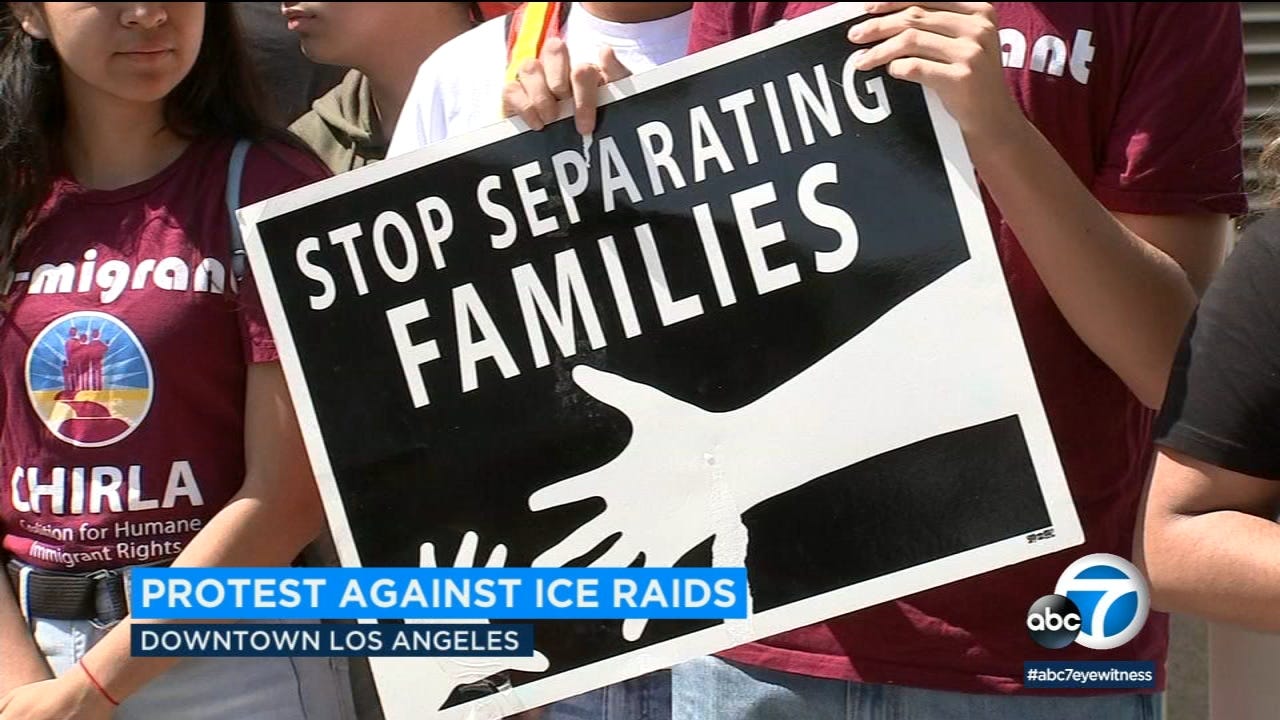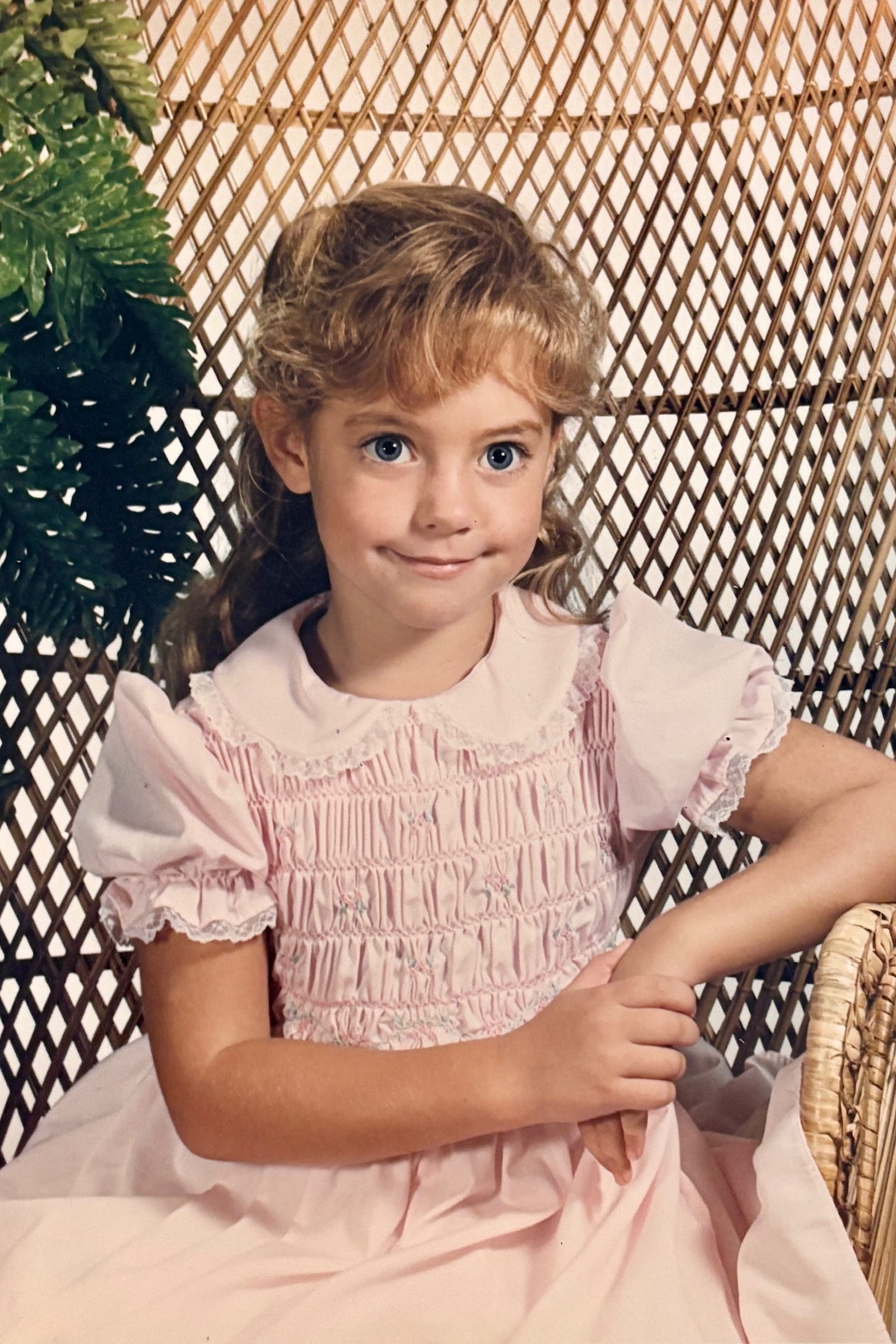The Mother in Me is Full of Righteous Rage
Exploring the overlap between childhood trauma, tribalism, and the quest for safety
Once I became a mother, a switch flipped in my heart.
My capacity for love, my desire to support, and my instinct to protect our most vulnerable expanded exponentially—not just for my children, but for all children.
I feel an ache in my chest when I see or hear of a child being harmed, displaced, or neglected, because I can imagine how scared and confused they must be. All I want to do is scoop them up, remove them from harm, and tell them over and over what I say to my own kids when they’re upset: “You’re safe and you’re loved. You’re safe and you’re loved. I am here, you’re safe and you’re loved.”
With the passing of my dad earlier this year, I’ve been doing a lot of inner child work. I’ve found myself revisiting memories from my own childhood that I haven’t looked at in decades—except now I’m seeing them from the perspective of an adult. More specifically, through the lens of a mother.
My son Archie is almost 6—the same age I was when my dad got drunk and drove me, my 2-year-old sister, and our tween babysitter to McDonald’s 45 minutes from our house and passed out cold in the drive-thru lane. A few months shy of entering kindergarten, I got the three of us out of his van, found a payphone, and was able to call my mom at work and tell her where we were so she could come pick us up.
I don’t remember everything from that night, but the experience shaped me in ways I’m still uncovering 35 years later.
It’s the first time I can remember feeling shame for my dad’s alcoholism. It’s also when I formed the belief that I couldn’t rely on anyone else to keep me safe—I would be my own protector from that night forward. Any trust I had in adults evaporated in an instant, and I’m not sure I’ve ever been able to get it back. (The irony of my chosen career path—teaching people how to build, nurture, and leverage relationships to feel safe, seen, and supported—is not lost on me.)
I’ve always known that night was a defining moment in my life, but it wasn’t until I became a parent that I understood the full significance of what happened in that McDonald’s drive-thru back in the summer of 1990.
When I picture Archie in the scenario instead of little me, I become fully engulfed in rage—but also fear for what could have been. What if I hadn’t known my mom’s work number? What if I didn’t know how to use a payphone? What if he hadn’t passed out and instead drove us home and caused a deadly accident? Too many what-ifs come flooding in, alongside deep grief for the little girl in me who experienced it firsthand.
I think most people have some level of childhood trauma, whether that’s “big T Trauma” or “little t trauma.”
Big T Trauma is what we traditionally think of when we hear the word “trauma.” It’s the life-threatening, earth-shattering events like abuse, serious accidents, violence, or the sudden death of a loved one. Big T trauma is often acute and undeniable. In some ways, it can be easier to address because it’s more obvious.
But little t trauma can be just as impactful over time, and often much slower to surface. These are the smaller, more chronic wounds: the moments we were emotionally abandoned, regularly dismissed, not believed, or made to feel unsafe in subtle but consistent ways. They’re the hurts that didn’t leave physical scars but shaped our sense of safety, self-worth, and how much we believed we mattered.
The nervous system doesn’t distinguish between the two—it just registers danger. And for children, especially, those early experiences of not being protected, not being comforted, and not being safe go on to inform the stories we tell ourselves for years, if not a lifetime.
Some people grow up and transmute their childhood trauma into opportunities for personal growth. They vow, “never again,” and see to it that no child in their orbit goes through what they went through. They’re the cycle-breakers—the adults who see every child as their own, and the grown-ups that kids feel safe with. That’s who I aim to be.
Others go the opposite direction.
These are the adults who either don’t realize how deeply impacted they were by their early experiences or have internalized the belief that since no one protected them, then no one else deserves protection either. They become hardened, suspicious, and dismissive of pain that doesn’t look like theirs. Far too often, they become the people who cause harm, continuing the cycle of abuse into the next generation.
If I had to guess, the people proudly donning ICE uniforms and terrorizing communities, ripping families apart, and traumatizing everyone in their wake are the latter.
I live in Los Angeles, less than 8 miles from the center of the protests that began one week ago after U.S. Immigration and Customs Enforcement (ICE) authorities conducted a series of raids across the city. They targeted garment factories, warehouses, street vendor locations, and even a Home Depot next door to a high school with an elementary school graduation taking place inside.
As a mother—and as a human being—it is gut-wrenching to watch this unfold in the city I’ve called home for almost 15 years. These raids are happening mere miles from my children’s school, where 45% of students identify as Latino.
Nobody here feels safer because of these actions. Nobody feels protected. What we feel is violated, targeted, and heartbroken.
Right now, LA is a pressure cooker of fear, grief, and righteous rage. ICE has come to our city under the false pretense of “keeping us safe,” but their actions have done the exact opposite. Entire neighborhoods are being destabilized by fear.
It’s nearly impossible most days for me to have any ounce of compassion for the people responsible for tearing families apart and inflicting lifelong trauma onto entire communities. But when I zoom way, way out and attempt to look for the overlap between us and them, one thing does emerge in the middle: a desire for safety.
That’s what it always comes down to, isn’t it? We all want to feel safe. We all want to feel like the people we love are protected. But the way we go about creating that safety couldn’t be more different.
In one circle on the “us vs. them” Venn diagram is the belief that safety comes through community—from looking out for one another, from building relationships across differences, from understanding that when we protect the most vulnerable among us, we’re all safer, stronger, and more whole. This side of the Venn diagram knows that diversity is what makes our cities more vibrant, culturally significant, and rich with unique experiences.
In the other circle is the belief that safety comes from sameness—from surrounding yourself with people who look, think, and act just like you. Anything outside that homogeneity is perceived as a threat—an invasion. People who must be kept out, removed, or destroyed in the name of “security.” Tribalism causes people to stop seeing others as human. And under that mindset, empathy disappears, and cruelty becomes justifiable.
The people causing this harm talk a big game about protecting children. They call themselves “pro-life,” but their actions tell a different story. They seem unmoved by the lives of children who are already here, already loved, already part of a community, and already contributing to the multicultural tapestry of this country.
Many of the people being targeted by ICE are long-time residents. They hold jobs. They pay taxes. They show up for their neighbors and coworkers. They don’t just belong here—they’re wanted here. And yet, they are being treated like enemies. Like liabilities. Like disposable parts of a system that never saw their humanity to begin with.
This entire situation enrages me on so many levels, but above all else, it makes me desperately sad and deeply concerned for the children caught in the crossfire of this entire bullshit operation—not just the actual children, but the scared, neglected children within each of the adults involved, too.
While I have the capacity to feel empathy and compassion for the people who never got to feel that safety or love, I also believe that our healing is up to each of us. If people are unwilling to peer beneath the surface of their experiences and acknowledge their unresolved pain and trauma, then best of luck to them as we do everything in our power to stop them from coming for our neighbors and friends.
It is on all of us to take care of one another and to show up for the people we’re in community with. To listen, to support, and to fight like hell for those who are more vulnerable than we are. And that’s exactly what thousands of individuals have done day after day since the first unlawful detainment happened in my city on Friday, June 6th.
The people putting their bodies on the line in downtown LA and other major cities across the U.S. are heroes—not just for standing up for the rights of immigrants, but for resisting the tsunami of fascism that’s been gaining momentum since Trump took office the first time eight years ago.
We may feel betrayed, devastated, and exhausted, but we are not powerless. We are infinitely stronger together, and we are not going down without a fight.
Nobody is coming to save us—we are the ones we’ve been waiting for.
The time is now, and the future of our cities and country is being determined as we speak. I encourage you to take the rage, fear, and uncertainty so many of us are feeling and point it in the direction of mass resistance and societal change.
I’ll leave you with a quote from Valarie Kaur, who always knows exactly what to say when things feel hopeless:
“To the agents and the soldiers in the streets... we will choose to see your humanity even when you deny us ours. We will block your actions with one hand, and we will have the audacity to extend the other hand so that you might take it, or your children one day might take it. Because the brief high that comes from domination is nothing compared to the infinite love and joy of true community."
Until next time, have a wonderful, protest-filled weekend and happy connecting. ✊
Baily Hancock is a Connection Strategist, Keynote Speaker, and Host of the “Seeking the Overlap” Podcast. She helps individuals and membership organizations excel through community, connection, and collaboration—the 3Cs she believes are essential to building meaningful, supported lives surrounded by people who want to see us thrive. Learn more at OverlapCollective.com and connect with her on LinkedIn and Instagram.







This was such a well written post. I was touched by your story and weaving it into present day. You have such a gift and I can only hope those who need to read these words, will.
1,000% Thank you so much for writing this and sharing an incredibly significant core memory. <3